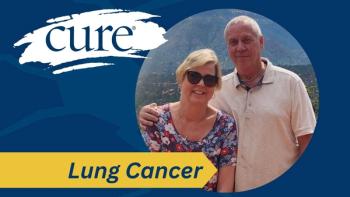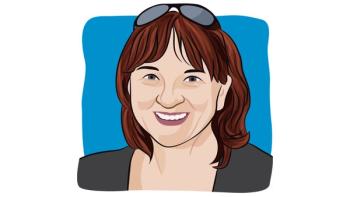
Fixed-Duration Regimen More Cost-Effective Than Treat-Until-Progression Therapies in CLL
The novel drug pairing of Venclexta and Gazyva, used for a fixed 12 months, is cost-effective compared with regimens that must be taken until disease progresses, a study finds.
A novel drug pairing that is used for a fixed 12 months as a first treatment for chronic lymphocytic leukemia (CLL) is cost-effective compared with several regimens that must be used continuously until the disease progresses.
That was the finding of a study whose results were presented by Dr. Matthew Davids, of the Dana-Farber Cancer Institute and Harvard Medical School, during the 61st American Society of Hematology’s Annual Meeting and Exposition, held December 7-10, 2019 in Orlando, Florida.
The study looked at a 12-month combination of Venclexta (venetoclax) and Gazyva (obinutuzumab) in comparison with several treat-to-progression therapies.
Venclexta inhibits the activity of a protein that helps CLL cells survive — B-cell lymphoma-2 (BCL-2). Gazyva works by directing the immune system to CLL cells marked with the protein CD20, so it can better recognize and fight the cancer.
While multiple options for the initial treatment of CLL exist, many of the regimens that are chemotherapy-free can be prohibitively expensive. That’s why Matthews and others are researching ways to limit the duration of treatment and potentially save money.
“I think this is an increasingly important question, because we have lots of new tools in our toolkit to treat CLL, but many of these are novel agent-based therapies that are quite expensive,” Davids said. “So, I think we need to figure out what is the relative cost-effectiveness of these different regimens, particularly with the idea of trying to define the economic effectiveness of a time-limited treatment approach versus a treat-to-progression or continuous therapy approach.”
Using mathematical models, the study compared the cost-effectiveness of a 12-month fixed duration of Venclexta plus Gazyva with approximately 12 months of the chemotherapy chlorambucil plus Gazyva. Other regimens compared in the trial included treat-to-progression therapies, such as Imbruvica (ibrutinib), Imbruvica plus the targeted drug Rituxan (rituximab), and Imbruvica plus Gazyva, as well as a six-month course of the chemotherapy Treanda (bendamustine) plus Rituxan.
Factors considered in cost-effectiveness calculations included costs associated with treatment, care, monitoring, side effects, disease progression and end-of-life care. Researchers presented results in measures of incremental cost per quality-adjusted life year (QALY). A QALY is a measure of disease burden that takes into account the quality and quantity of life lived.
The effectiveness of the drug regimens was determined using a model that projected anticipated overall survival (longevity) and progression-free survival (the length of time without disease progression) over 20 years. The researchers described their findings in “discounted” numbers, because prices and QALYs projected into the future were adjusted to reflect current values.
The researchers found that total discounted QALYs were 6.47 for Venclexta plus Gazyva, 6.41 for Imbruvica plus Gazyva, 6.12 for chlorambucil plus Gazyva, 6.11 for Imbruvica, 6.08 for Imbruvica plus Rituxan, and 5.98 for bendamustine plus Rituxan.
The total discounted cost for Venclexta plus Gazyva was the lowest, at $322,613, while the cost for chlorambucil plus Gazyva was $847,571. Imbruvica had a price tag of $1,485,368, Imbruvica plus Rituxan cost $1,447,010, and Imbruvica plus Gazyva had a price tag of $1,988,706. Bendamustine plus Rituxan had a total discounted cost of $808,756.
“What we found, even with a three-year time horizon, is that one year of time-limited Venclexta plus Gazyva is significantly more cost-effective than these treat-to-progression regimens, because each year these novel agent-based therapies have additional costs if we continue to give them,” Davids said. “The durability of response, so far, with Venclexta plus Gazyva suggests the possibility of a treatment holiday where patients can be off-drug (for a time), which can lead to cost savings.”
Davids pointed out that longer-term follow-up is needed regarding the drug combination and its cost-effectiveness. “I do think this is the type of study we need to be doing to try to help decide what the optimal therapies are for our patients,” he concluded.





